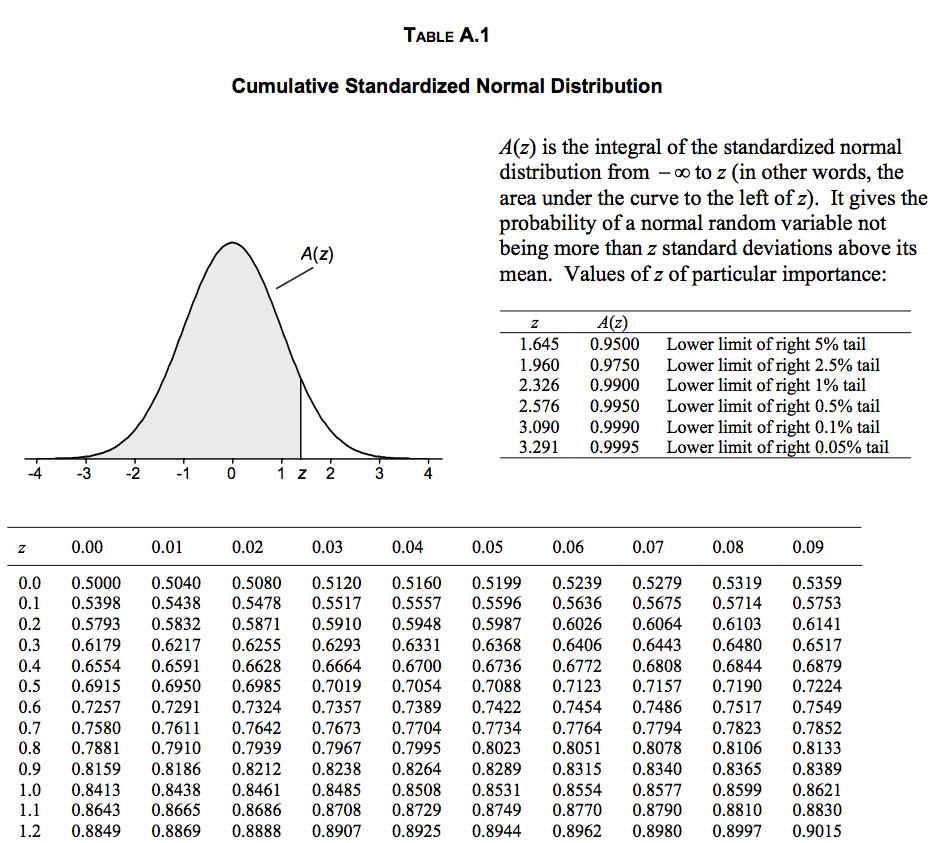Central Limit Theorem (CLT)
If the population distribution of a variable has population mean and (finite) population variance , then the sampling distribution of the sample mean becomes closer and closer to a Normal distribution as the sample size n increases.
We can write: for large values of , where the symbol means approximately distributed as.
We already figured out the mean and variance, the CLT adds the shape information
Central Limit Theorem (CLT)
Slightly more formally..
Let be an i.i.d. sample from some population distribution with mean and variance . Then as the sample size we have
Your Turn
Consider the following population distribution.

The following three histograms represent:
A sample of size 1000 from the population
1000 sample means of samples of size 10 from the population
1000 sample means of samples of size 100 from the population
Which is which?



How big is big enough?
What value of is big enough for the approximation to be good enough?
It depends on the population

How big is big enough?
What value of is big enough for the approximation to be good enough?
It depends on the population

See more in lab…
Your turn
Using the CLT to approximation the sampling distribution
Population:
Sample: i.i.d from population
Sample statistic: Sample mean
What is the approximate distribution for ?
Applying CLT
Same setup: we have sample of size, from a population with population mean and population variance .
What is the probability the sample mean is less than 20.5?
CLT says:
Using a Standard Normal Probability Table
To use a Standard Normal table, we first need to transform our random variable () to a Standard Normal.
We can convert a probability for to a standard Normal probability by:
- Subtracting the mean of from both sides, then
- Dividing both sides by the standard deviation of (square root of the variance)
Using a Standard Normal Probability Table
Now look up in Standard Normal Table.

Using a Standard Normal Probability Table
What if is negative?
Standard Normal is symmetric around zero.
Density
Density: height of probability density function at x:

In R: dnorm(x, mean = mu, sd = sigma)
Cumulative Probability
Cumulative Probability: the area under the probability density function to the right of x:

In R: pnorm(q, mean = mu, sd = sigma)
Area to left?
Quantiles
Quantile: The th quantile is the value , such that the area to the left of under the density function is .

qnorm(p, mean = mu, sd = sigma)
What should these return?
qnorm(0, mean = 0, sd = 1)
qnorm(1, mean = 0, sd = 1)
dnorm(-Inf)
dnorm(Inf)
pnorm(Inf)
pnorm(-Inf)
Exercise: Find probability
Return to example: ,
What is ? What is
Exercise: Find sample size for specific variance in sample mean
.
What should be so ?
Exercise: Find sample size for an interval with desired probability
What should be, so that ?